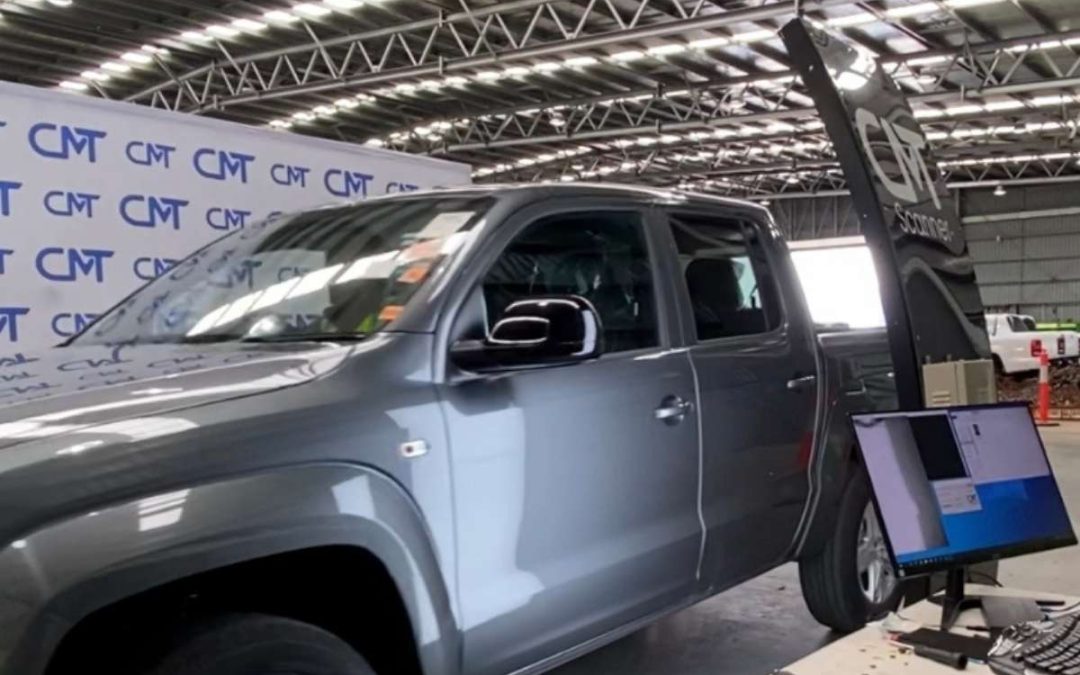CMT Scanner has been invited into a working group with the Department of Agriculture, Forestry & Fisheries (DAFF), Port of Melbourne and MIRRAT to explore opportunities to improve the current quarantine process of inspecting and clearing vehicles from the wharf.
Highlights:
- The working group is exploring how technology can be applied to automate the detection of Biosecurity Risk Material (BRM) on new vehicle imports.
- After extensive market research, Brisbane company CMT Scanner has been identified to have the capabilities to assist with this project
- CMT Scanner has been invited to participate in a proof-of-concept trial
In late 2021, the Department of Agriculture, Forestry & Fisheries (DAFF) partnered with the Port of Melbourne and a representative group of industry players to explore opportunities to transform the current processes for clearing break-bulk cargo through the Port of Melbourne, with a view to improving clearance times while appropriately managing any biosecurity risks.
Following an intensive co-design process, it was decided to initiate a Proof-of-Concept trial of four possible solution areas, focusing on the clearance of new vehicle imports through the Melbourne International Roll on – Roll Off Automotive Terminal (MIRRAT) located at Webb dock within the Port of Melbourne.
One these solution areas aims to leverage camera/scanning technology and automation to bring precision and speed to the detection of Biosecurity Risk Material (BRM) on new vehicles , minimising the need for intervention by DAFF inspection officers. It is hoped that such a technology could be fitted onto a gantry-type structure and be used to scan moving vehicles as they are unloaded from incoming vessels.
CMT Scanner will repurpose its currently technology to identify plant material, soil, animal material, insects and snails on new vehicle imports as they disembark a vessel.
This world-first technology will achieve the following:
- Operate between -50c and 50c
- Operate in all weather conditions
- Operate in wind speeds between 0-40knots
- Will be portable and setup can be completed by a single person
- Suitable to operate within a marine environment and outdoors
- Vehicle are able to drive through at a maximum speed of 20 km per hour
- Capable of operating both online and offline
- Capable of operating for 4-6 hours with no mains power
- Operate both day and night
- Minimum height clearance of 3 metres
- Minimum width clearance of 3 metres
- Identify a vehicle prior to it passing through the scanner
- Detect BRM on all surfaces of a vehicle including the underbody and wheel arches
- Detect live insects on the underbody of the vehicle
- Broadcast notifications to the drivers of the vehicle being scanned
- Integrate with ICS and Terminal operating system
The trial will be conducted between August and October 2022

